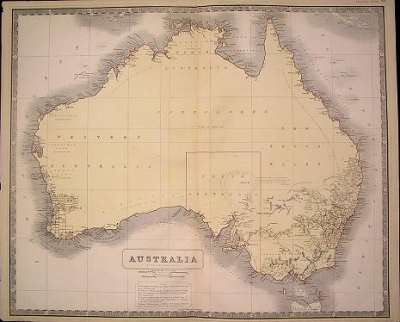THE DIRECTORY OF AUSTRALIA SILVERSMITHS
|
|
|
created by Giorgio B. owner of www.silvercollection.it ©  |
| This is a page of A Small Collection of Antique Silver and Objects of vertu, a 1500 pages richly illustrated website offering all you need to know about antique silver, sterling silver, silverplate, sheffield plate, electroplate silver, silverware, flatware, tea services and tea complements, marks and hallmarks, silver marking system and silver hallmarks guide, articles, books, auction catalogs, famous silversmiths (Tiffany, Gorham, Jensen, Elkington, WMF, Reed & Barton, Mappin & Webb, Bateman Family), history, oddities ... SITE MAP - HOME PAGE |
| AUSTRALIA SILVERSMITHS ALPHABETICAL LISTING - NOT IDENTIFIED - |
| AUSTRALIAN SILVERSMITHS
A
B
C
D
E
F
G
H
I
J
K
L
M
N
O
P
Q
R
S
T
U
V
W
X
Y
Z
NOT IDENTIFIED ALPHABETICAL LISTING OF MARKS |
(click on the photo to enlarge image)
NOT IDENTIFIED |
J WA LK ER into rectangles New South Wales c. 1860 |
NOT IDENTIFIED |
J&H STG.SILVER, not identified |
NOT IDENTIFIED |
m&m, not identified |
NOT IDENTIFIED |
R.E.F. and crossed hammers not identified |
NOT IDENTIFIED |
PH 'animal''human head' 'emu' not identified |
NOT IDENTIFIED |
BS & HS into a rectangle Victoria c. 1840 |
NOT IDENTIFIED |
BJ into a circle, not identified |
NOT IDENTIFIED |
CR M 'head looking left' Victoria (possibly) c. 1870 |
NOT IDENTIFIED |
L&S and various symbols (lion, kangaroo) not identified |
|
HALLMARKS OF ENGLISH SILVER -
MAKER'S MARK IDENTIFICATION
|
| IMAGES | A& AC |
AD AK |
AL AZ |
B& BB |
BC BO |
BP BZ |
C& CA |
CB CC |
CD CF |
CG CL |
CM CS |
CT CZ |
D& DB |
DC DL |
DM DZ |
E& EA |
EB ED |
EE EH |
EI EO |
EP EZ |
F& FD |
FE FJ |
FK FZ |
G& GB |
GC GG |
GH GL |
GM GR |
GS GZ |
| IMAGES | H& H& |
HA HB |
HC HE |
HF HL |
HM HU |
HV HZ |
I& IG |
IH IL |
IM IZ |
J& JA |
JB JC |
JD JG |
JH JK |
JL JQ |
JR JR |
JS JS |
JT JZ |
KA KZ |
L& LB |
LC LZ |
M& MB |
MC MI |
MJ MZ |
N& NZ |
OA OZ |
P& PK |
PL PZ |
QA QZ |
| IMAGES | R& RB |
RC RG |
RH RK |
RL RQ |
RR RZ |
S& SB |
SC SI |
SJ SR |
SS SZ |
T& TC |
TD TG |
TH TN |
TO TS |
TT TZ |
UA UZ |
V& VZ |
W& WA |
WB WB |
WC WC |
WD WE |
WF WG |
WH WL |
WM WM |
WN WR |
WS WS |
WT XZ |
YA YZ |
ZA ZZ |
|
BRITISH TOWN MARKS AND DATE LETTERS
|
AUSTRALIA AND ITS SILVER
A BRIEF HISTORY
|
|
